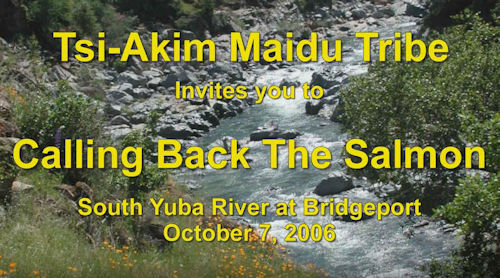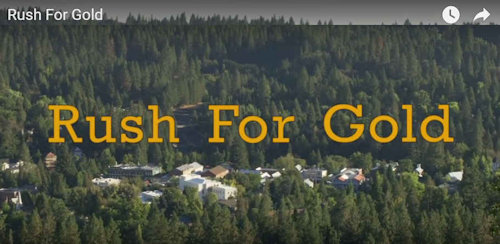
According
to this map, Nisenan (pronounced nish-n-non by Tribal Chairman Richard
Johnson)
land included part of Yuba and most of Nevada, Placer and El Dorado
Counties, which stretch west from Lake Tahoe at the bend in
California's eastern boundary. Just
north is Maidu homeland.
The brief history that follows is taken from material researched by Richard Johnson, Tribal Council Chairman of what remains of the Nisenan tribelets. Based on census data he estimates conservatively that there were about 7000 Nisenan people shortly before the gold rush in 1848. This was reduced by half in two years, to about 3500 people in 1850. By 1867 only about 500 remained, and now only 18 Nisenan remain counted. Hear these and other observations from Richard Johnson in person in this 35-minute interview, which was formerly on their website: nevadacityrancheria.org.
The brief history that follows is taken from material researched by Richard Johnson, Tribal Council Chairman of what remains of the Nisenan tribelets. Based on census data he estimates conservatively that there were about 7000 Nisenan people shortly before the gold rush in 1848. This was reduced by half in two years, to about 3500 people in 1850. By 1867 only about 500 remained, and now only 18 Nisenan remain counted. Hear these and other observations from Richard Johnson in person in this 35-minute interview, which was formerly on their website: nevadacityrancheria.org.

